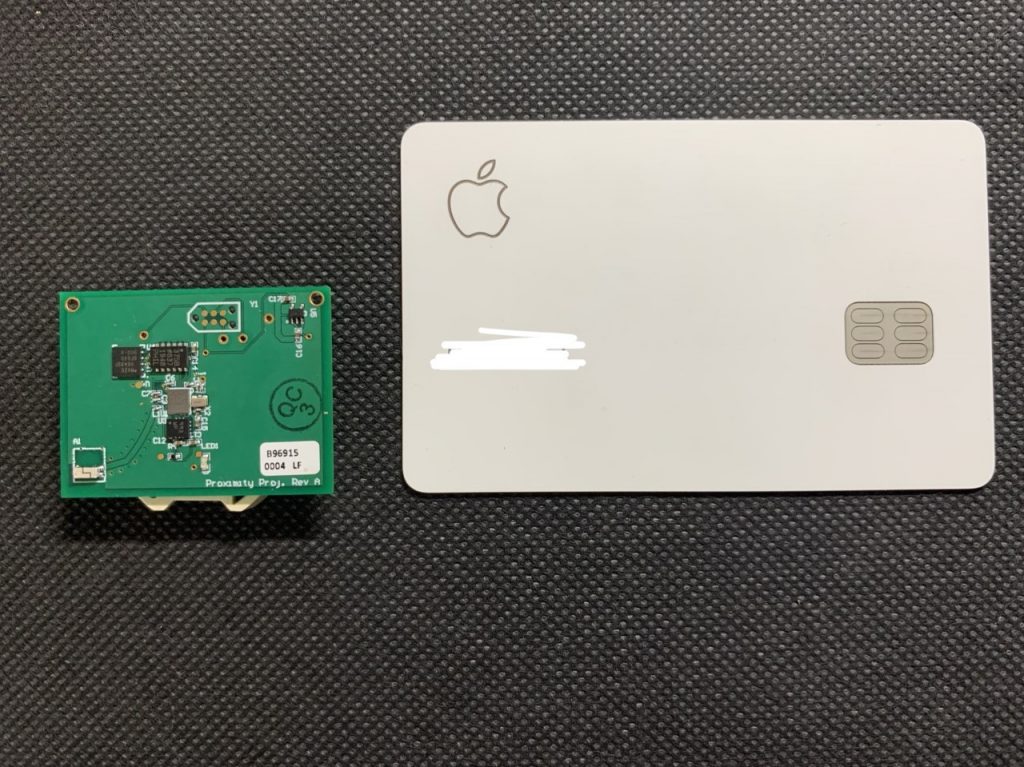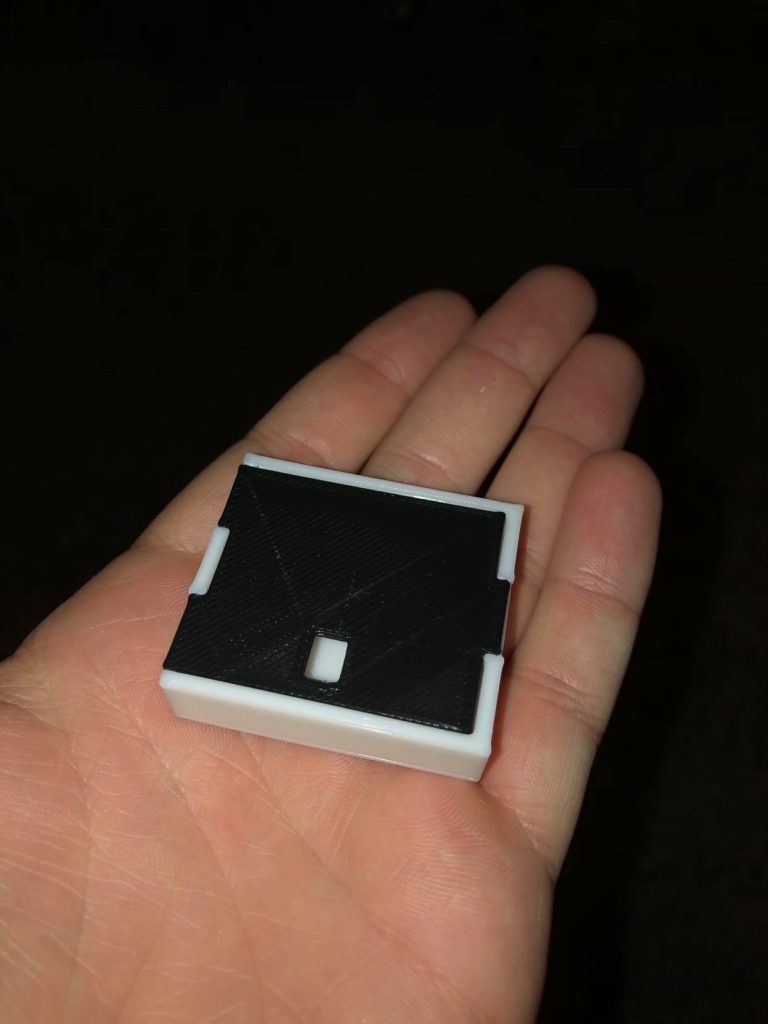What started as a call for help from some local manufacturers has turned out to be a challenging and fruitful project. This is to perform proximity detection as employees go about their work on a shop floor. This question was posed to us by some local manufacturers about mid June through my collaborator in the Krannert School of Management, Ananth Iyer. This was no academic question that we could think about in the comfort of our home offices, pose a nice optimization problem that would knock the socks off picky reviewers and then go on to be featured at a premier conference. This was a much more pressing matter — of livelihoods, of the manufacturing companies being able to reopen their facilities and thus being able to continue to support their staff.
The problem statement was simple enough at the surface. In many manufacturing floors, it is challenging for individuals to constantly monitor and maintain a safe distance from others. This problem appears also in learning laboratories and research laboratories alike, where users are mobile and their movements cannot be precisely planned out or orchestrated. Therefore what was needed was an automatic, unobtrusive mechanism to keep track of safe distance practices and provide some alert before any potential dangerous situation could arise.
A Ninja and a Jedi
5 months later, thanks to some Ninja-like hardware design (our undergraduate student, Kavit Patel) and Jedi-like software design (our undergraduate student, Kyle Massa), with adult supervision from our Research Scientist, Nithin Raghunathan, we have all the pieces in place. Now we are ready to walk out in the real world, far outside the sterilized confines of academic hallways, to see how well the solution works. But let me tell you some of how this thing works.
And we did get a paper out of it too … OK yes it is a short paper … but it is to appear next week at the top conference in the topical area, ACM Conference on Embedded Networked Sensor Systems (Sensys).
Kavit Patel, Kyle Massa, Nithin Raghunathan, Heng Zhang, Ananth Iyer, and Saurabh Bagchi, “Proactive Privacy-Preserving Proximity Prevention through Bluetooth Transceivers,” Accepted to appear at the ACM SenSys 2020 Research Poster session.
And if this seems a bit too esoteric for you, here is the presentation version.
Bluetooth to the Rescue
We therefore thought to use wireless signals that are low power and already ubiquitous in our environments (Bluetooth) to monitor the distance between users and provide a warning signal (visual and/or audible) proactively when the safe distance is predicted to be violated.
You may ask aren’t there already behemoth companies that have been building contact tracing/proximity tracing solutions? Google and Apple, as big as they get, have put their might behind one. And there are many other companies that have come up with their solutions.

Don’t We Already Have Contact Tracing Solutions?
Well yes, these are there. But you want a few things in your solution:
- You want to keep complete control of the data. You want open source software so that you can inspect it to make sure there is no funny business going on, like shipping off data to be sucked into some giant data analytics machinery.
- You want to be able to customize your solution — in one part of your use, you want the data to be available to the company, say for tracking regulatory compliance, and in other parts, you want the data to not leave the device and thus completely private to the individual using the device.
- You want to be able to decide how much to pay and at what scale you want to deploy the solution.
Our Solution Approach
This is where our idea of using signal strength of the Bluetooth signals came into use. That coupled with accelerometers to measure when someone is walking and how fast.

We developed a solution that uses wireless communication beacons, of the Bluetooth Low Energy (BLE) kind, and the measurement of the Received Signal Strength Indicator (RSSI) at the receiving device to determine the distance of separation between any two people. We will estimate the trend of the distance (increasing, decreasing, staying constant) and if the trend becomes of concern, the device will provide an alarm before an unsafe situation occurs. The wireless signal to use should be low power, completely safe for the users, suitable for a small form factor that can be easily worn (say as a lanyard), and low cost for widespread deployment. We have manufactured a Bluetooth-based transceiver that satisfies all these conditions (see Figure below). This transceiver is to be worn on the body of the users, such as a lanyard, and is relatively unobtrusive. The distance measurement happens without any active involvement of the users and thus, we hope will be deployable in a widespread way.
A Second Use Case
For surfaces that need monitoring for touch, we will customize the transceiver with memory that will keep track of the time when a user had last interacted with the surface. If a different user comes close to the surface and wishes to touch it, then a proactive alarm will be presented. This is important for assembly line type of manufacturing where the same part is touched and processed by multiple employees en route to it becoming a finished product.
So Does It Work?
We are not ready to declare victory yet. We have seen it works in Purdue facilities — at Birck and at the Indiana Manufacturing Institute (IMI). The latter is a good approximation to some typical manufacturing facilities. But the real proof is when we have it working in the wild. Those results will come within a month and we are waiting to see how effective it is. We will be measuring effectiveness using three metrics:
- What is the detection rate? Of the times two people came too close to each other, how often did our solution flag that? We are calibrating using more expensive and intrusive camera and distance perception algorithms.
- What is the false positive rate? Of the times our solution flagged two people as being in contact, how often did it actually happen? No one likes a solution that cries wolf too often.
- How long does the battery last? We don’t want folks running about changing batteries several times, in between shifts.
In Conclusion
This is the most bizarre of times for the world. It may occasionally give us a chance to put on our thinking caps to see how our expertise can help the world. In this project, lots of research in wireless signals may help us in maintaining safe social distance practices. In all of this, it is also important to guard against the arrogance of technology where we fall into the thinking that our work can solve all of world’s problems.


